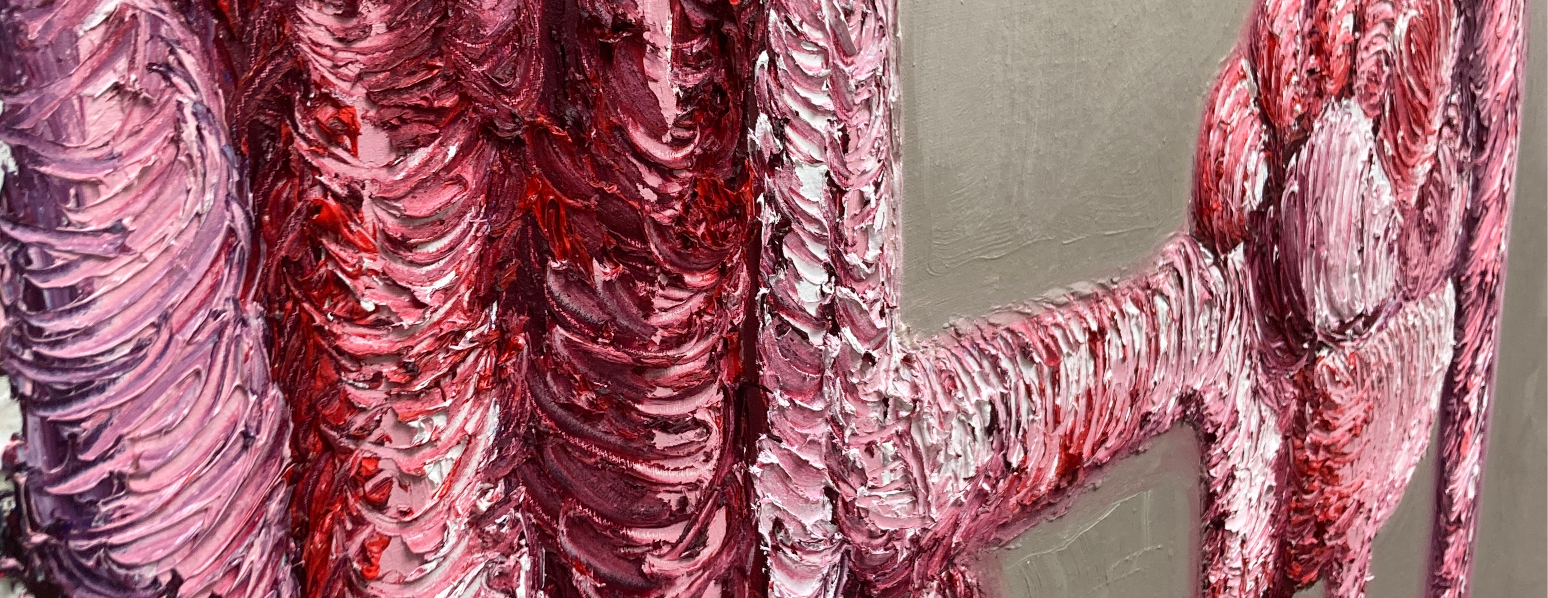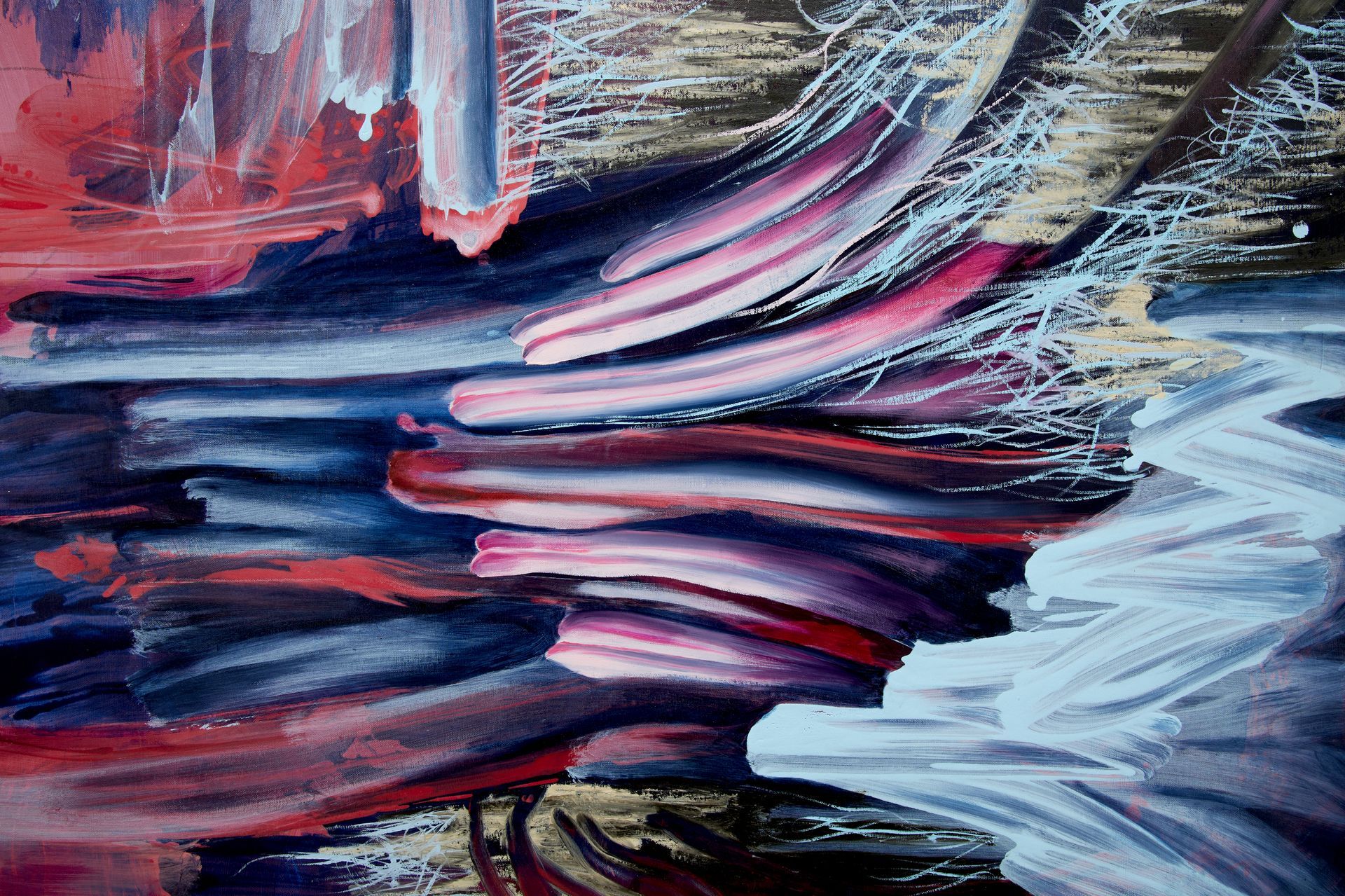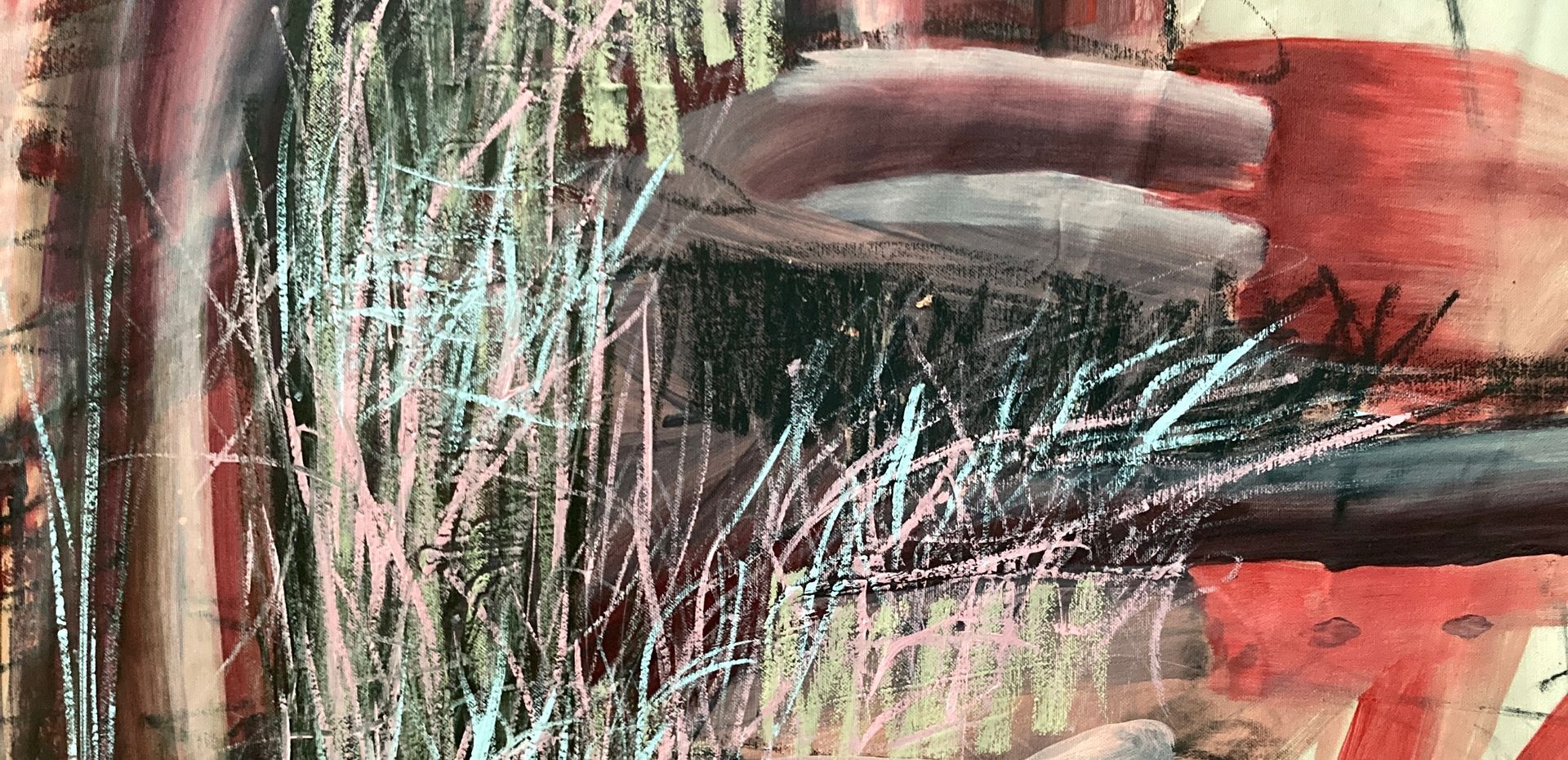RCA Painting 2025 Experience: Claimers & Accelerators
A first-hand reflection on artistic acceleration, control, and resistance within the Royal College of Art Painting MA cohort.
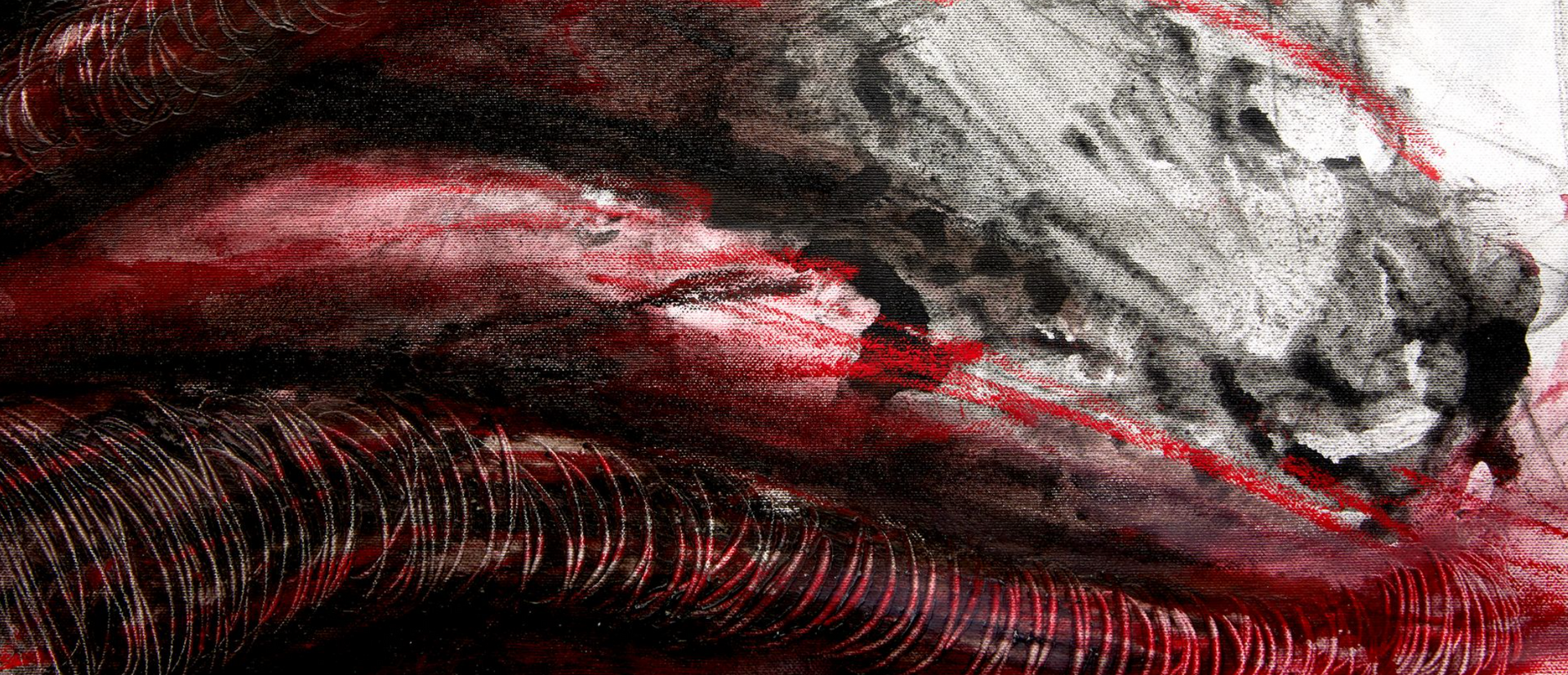
Introduction
During the RCA Painting MA, what became most revealing wasn’t just the development of my work, but the energetic dynamics that unfolded between artists. In a condensed ecosystem of ambition, fragility, intellect, and top tier creative talent, certain archetypes emerged over and over again. I began to see the same patterns, same responses to growth, to attention, to change.
Over time, two distinct energies began to surface:
Accelerators and Claimers. These aren’t fixed identities, but forces that pass through us. We each contain both, but the question is,
which one do we feed?
Who are Accelerators and Claimers?
Accelerators are artists who metabolize quickly. They absorb, transform, and move. They aren’t afraid of chaos, in fact, they thrive in it. Chaos offers raw material. They love change, and change loves them. They do not hoard techniques. They believe in abundance. They believe in sharing tools because a tool in someone else’s hand will always produce different results. They’re not afraid of aesthetic overlap because they know the work will keep evolving. The stream never stops.
Claimers, on the other hand, operate from scarcity. They are hyper-focused on hierarchy and identity. They need to control their territory--visually, socially, conceptually. Claimers assign roles to peers silently, and expect them to stay in those roles. When someone breaks out, or has a breakthrough, starts to receive attention, gains visibility, Claimers often feel betrayed. They mistake transformation for theft. Their perception is rigid; their contracts are unspoken but heavily enforced through silence, exclusion, and moralized accusations.
What follows are seven dynamics I witnessed during the RCA Painting MA, where accelerative growth met control and revealed how Claimers respond when confronted with an Accelerator.
1. Possession Masquerading as Generosity
Claimers can share, but there’s a catch. Support comes with an unspoken contract: “I’ll help you, as long as you stay beneath me.” If the Accelerator evolves too fast, garners too much attention, or moves independently, the Claimer recoils. They confuse proximity with ownership. They shared with you, so now they feel entitled to your loyalty, your evolution, your pace. When you grow past them without permission, what was once community is recast as betrayal.
2. Emotional Policing and Role Punishment
Claimers often use subtle emotional tactics to control momentum. There’s an unspoken ceiling on how visible, confident, or autonomous someone is allowed to be. If the Accelerator moves with clarity, the Claimer might withhold warmth, shift tone, go cold. They use silence, side comments, social exclusion, or refusal to acknowledge the Accelerator’s kindness, growth, or accomplishments as a way to restore the dynamic. These are not boundaries. They are consequences. A reminder that the Accelerator has broken the role they were expected to stay in.
3. Territorial Fear of Overlap
Claimers guard not just their materials or space—but their entire sense of self. Influence feels like theft. A similar color, form, or gesture becomes a threat. They say it’s about originality, but what they’re really afraid of is irrelevance. Accelerators see identity (and style) as fluid and reciprocal, never static. They know they are building upon a greater history of artists who have all tread the path before them. No one mark or color is original, it’s their existence within the artist’s complete system that makes originality. Claimers try to freeze that system, reduce it to markers they can control, or to prove they were there first.
4. Addicted to Hierarchy
Claimers organize exhibitions and studios like a ladder. Who’s rising, who’s falling, who’s getting tutor/professional attention. They build self-worth through social capital and feel destabilized when the hierarchy tilts. Accelerators don’t care for ladders or comparisons; they're too busy building runways. Claimers need the group. Accelerators need the work.
5. Righteousness as a Mask for Envy
Claimers often frame their discomfort in moral or ethical language. Instead of naming envy, they accuse others of being too ambitious, self-promotional, or problematic. Generosity is twisted into manipulation. Success becomes entitlement. They use politicized or conceptual terms to justify exclusion. What looks like principle is often a strategy to reassert control. And in all cases, it still falls into the same behavior of over-focusing on others as threats in need to protect what territory they have claimed.
6. Threatened by the Mirror
Accelerators move fast. They metabolize experiences and evolve in real time. This kind of transformation can feel confrontational to those who are holding on tightly to their roles. Sometimes the discomfort is not about proximity or similarity. It’s about distance. The Accelerator has moved too far. Changed in a way the Claimer cannot follow. The Claimer feels destabilized, not because of anything done to them, but because the Accelerator no longer mirrors who they needed them to be.
7. Time Tells the Truth
In the moment, Claimers often win the social game. But over time, the hierarchy fades. Groups dissolve. Hype disappears. What remains is the work. Accelerators keep evolving while others stay frozen in old dynamics. They don’t argue. They pivot. And I think the pivot is often what history remembers.
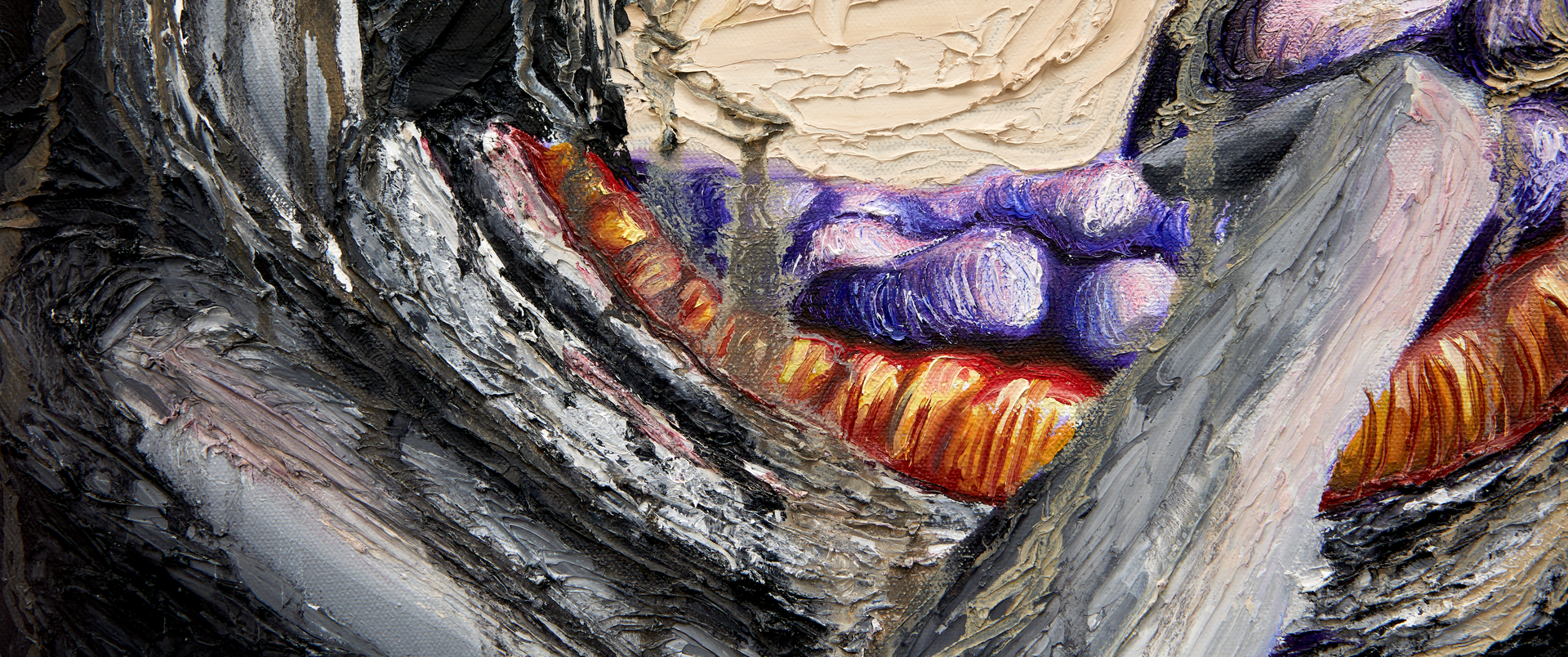
Going forward...
If this echoes something you felt during your RCA Painting MA, even if you couldn’t name it then, trust that your instincts were right. You weren’t imagining it. And you don’t owe anyone the labor of shrinking just to keep a fragile order intact.
Accelerators will always disturb something in the room. That doesn’t make them dangerous; it actually makes them necessary.
If you're entering the RCA Painting MA programme now, know that clarity will come quickly. Pay attention to who expands with you, and who subtly tries to contain you. Claimers tend to find each other. So do Accelerators. Let that be enough.
Moving fast isn’t the problem. Being visible isn’t the threat. The real risk is delaying your evolution to fit inside someone else’s unfinished story.
Keep metabolizing. Keep moving.
Your work already knows where it’s going. Let the others catch up—if they can.
If you'd like to see more of Lala Drona's paintings click here.
Xpainting with Lala Drona
